Features & Specifications
- FPGA:
- Xilinx Spartan‑6 S6LX45T
- Memory:
- 256 Megabytes of DDR3-1600 RAM
- HDMI:
- inputs: 2
- outputs: 2
- resolution: 720p or 1024 x 768
- DisplayPort:
- inputs: 1
- outputs: 1
- resolution: up to 4096 × 2304 × 30 bpp @ 30 Hz
- compatible with dual-mode DisplayPort / DisplayPort++ protocol
- Storage:
- microSD card holder
- 128-Mbit SPI flash for configuration data
- USB 2.0 Device:
- Cypress FX2 chipset supported by fully FOSS toolchain
- real-world transfer rates of 30-40 Megabytes/second
- serves also as a USB JTAG programmer and a USB UART adapter
- USB 2.0 OTG:
- supports both host and device operation
- compatible with many USB devices (e.g. keyboards and flash drives)
- Gigabit Ethernet:
- unique MAC address
- Expansion:
- TOFE
- PCI-Express connector (not signal-compatible)
- 19 differential, length-matched pairs
- 3.3V and 12V power rails
- I2C interface for expansion board auto-detection and configuration
- dedicated I/O bank on FPGA reduces peripherals conflict
- access to global clock signals
- Dimensions:
- standard mini ITX mounting
- Default Firmware:
- demo functionality; USB controller set to be a USB JTAG programmer
- License:
- Reference:
Example Applications
The Opsis is flexible and powerful enough to have a large number of use cases, many of which we probably haven’t considered. That said, we had certain use cases in mind when we designed the system.
Running HDMI2USB.tv Firmware
The Opsis was designed to run the HDMI2USB firmware developed by the TimVideos.us project. This firmware makes it easy to build automated conference/event recording systems.
The diagram below shows one such simple scenario. The HDMI output from the laptop is fed into the Opsis, which forwards it to an external monitor and simultaneously allows another computer to capture the output via the USB 2.0 interface. The HDMI2USB.tv firmware emulates a standard UVC webcam, allowing any video software, such as Skype, Google Hangouts, or WebRTC, to then send it to an online audience.
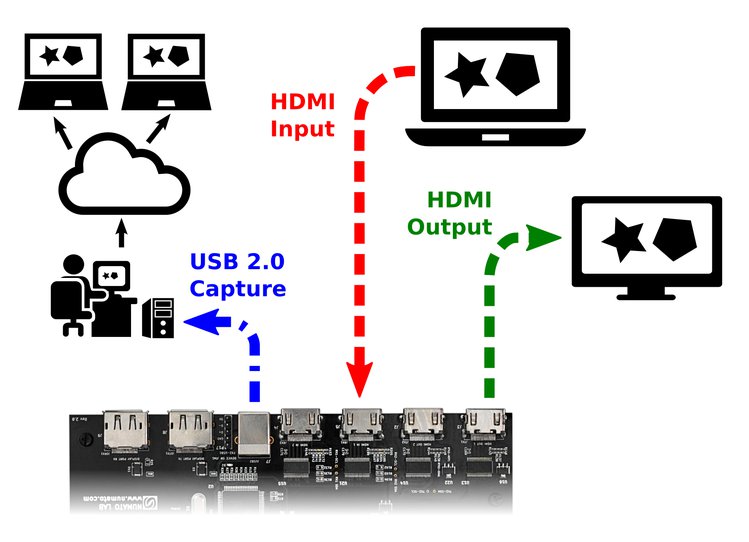
A more complex scenario is shown below. The Opsis is used to feed the output from a presenter’s laptop onto both a large projection screen and a private “confidence screen” for the speaker (probably at the foot of the stage). The speaker’s dramatic facial expressions are also captured by a HDMI camera. Using the USB interface, a capture computer is able to switch between the two inputs and rebroadcast online.
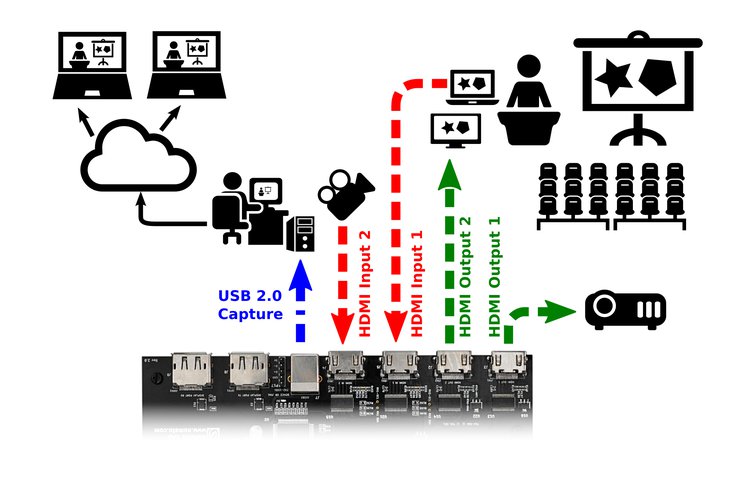
The HDMI2USB.tv firmware project has experimental support for using the Gigabit Ethernet interface as an alternative capture interface and is developing algorithms for hardware-based mixing and scaling, such as picture-in-picture.
General-purpose FPGA Development Platform for Video
In addition to running the HDMI2USB firmware, the Opsis can be used as a powerful FPGA development platform. The Xilinx Spartan-6 LX45T FPGA on this board can hold extremely large designs and can be used with the free Xilinx ISE Webpack software. The 2 Gbits (256 Megabytes) of onboard DDR3 SDRAM allow ample data storage accessible at high speeds. Onboard USB 2.0 and Gigabit Ethernet controllers allow high-speed, high-bandwidth connectivity to workstations and the network. With a USB host stack, the built-in USB OTG controller can connect to a wide variety of peripherals, such as keyboards, mice, cameras, and other USB devices. The programmable USB device controller can act both as a JTAG programmer and as a serial converter to be used as a debug console to assist development and debugging.
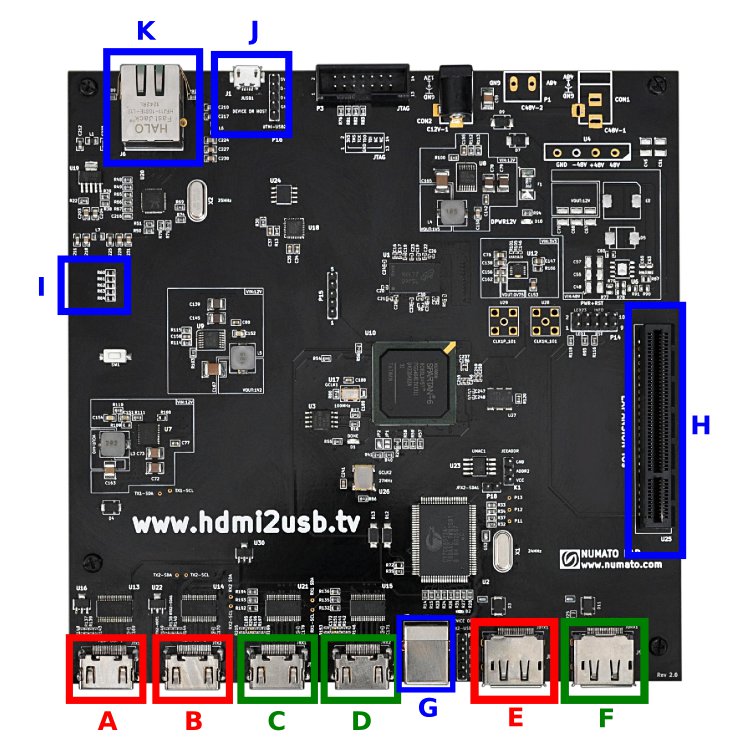
- A: HDMI Out 1
- B: HDMI Out 2
- C: HDMI In 1
- D: HDMI In 2
- E: DisplayPort Out
- F: DisplayPort In
- G: USB 2.0 Device / JTAG Programmer / UART Adapter
- H: Expansion Port (TOFE, not PCI-Express compatible)
- I: microSD (underside of board)
- J: USB 2.0 OTG
- K: Gigabit Ethernet
Fun with High-Speed Transceivers
Opsis has four high-speed transceivers (officially known as GTP transceivers in Xilinx’s documentation) capable of running up to 3.2...
Read more » Tim Ansell
Tim Ansell


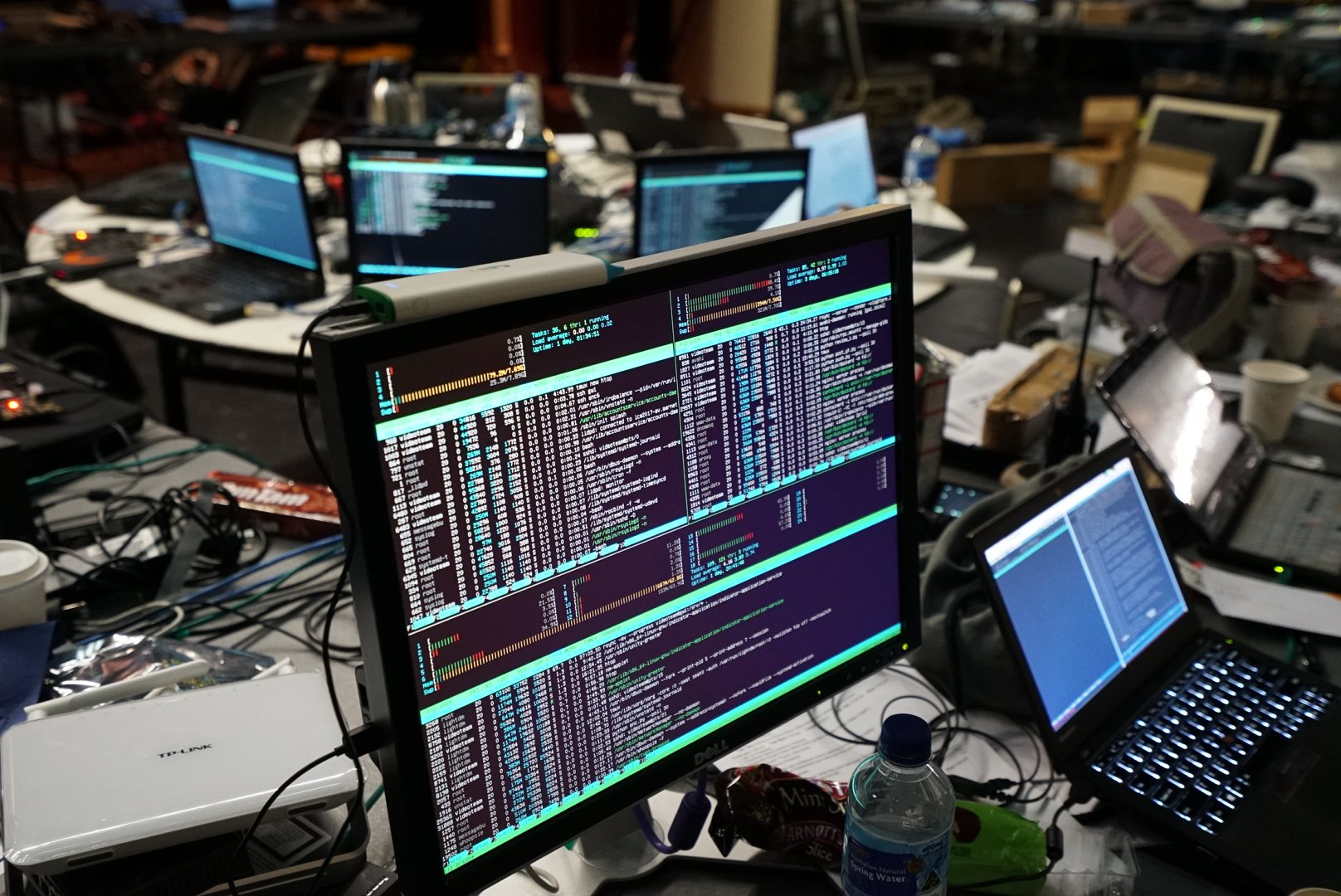 Due to the focus on hardware, we are very interested in students who are interested in things like
Due to the focus on hardware, we are very interested in students who are interested in things like 


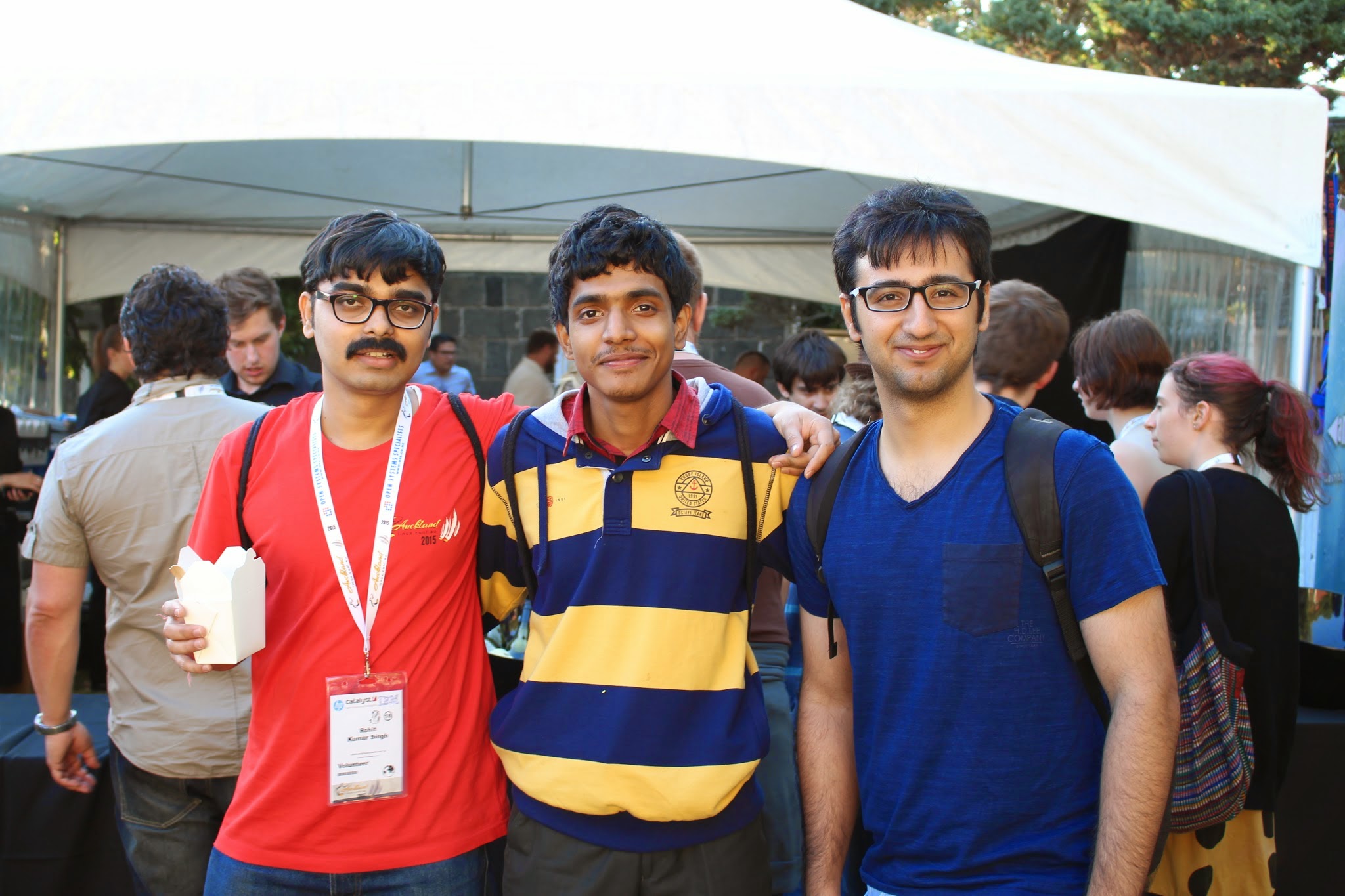

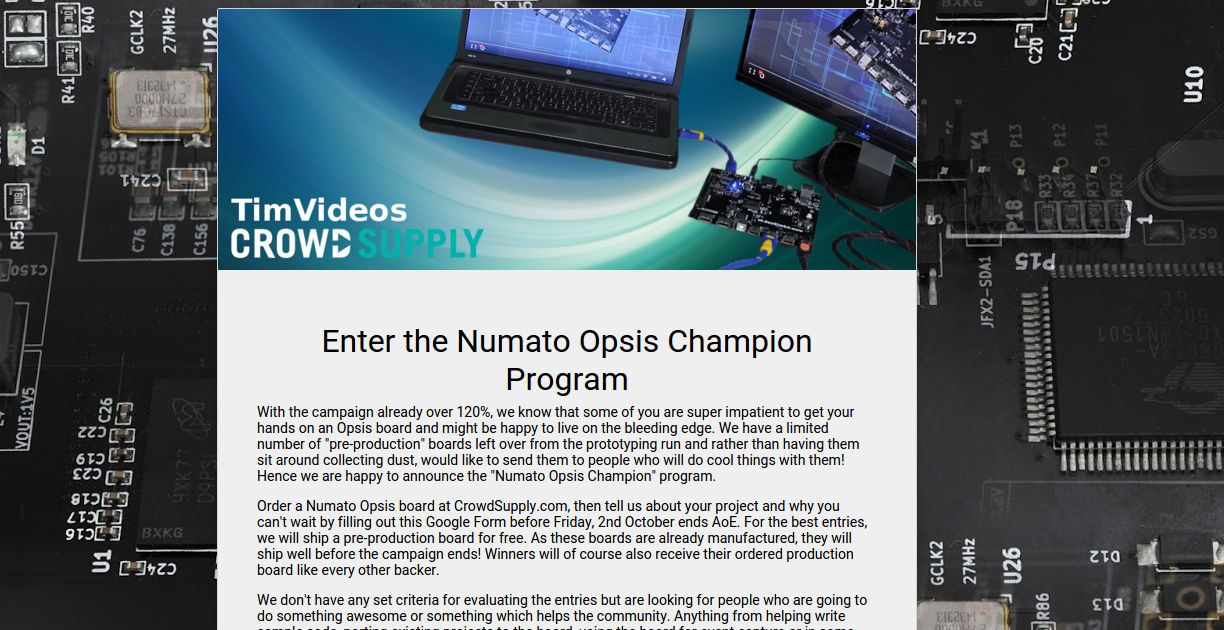
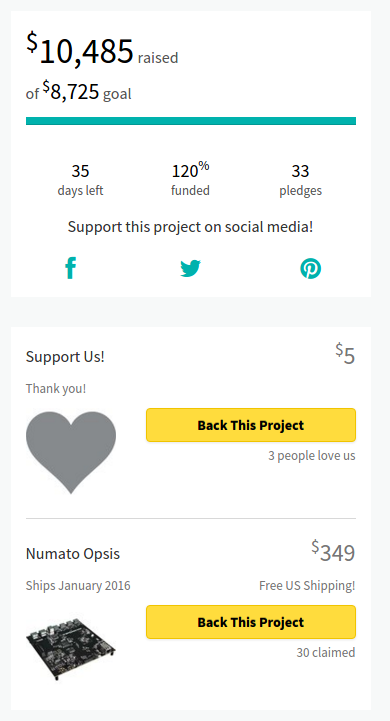

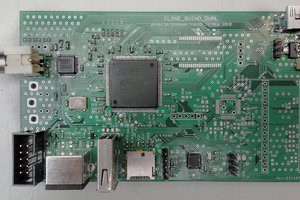
 Martin Cejp
Martin Cejp
 kelu124
kelu124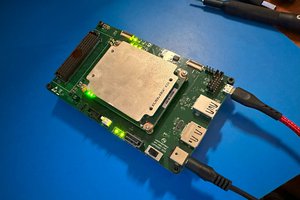
 Chance Reimer
Chance Reimer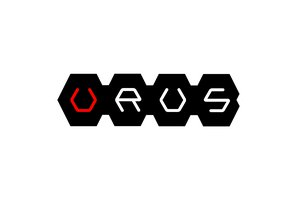
 Hiroshi Takey
Hiroshi Takey
Oh nice! Another FPGA based board for me to drool over! Awesome work Tim!